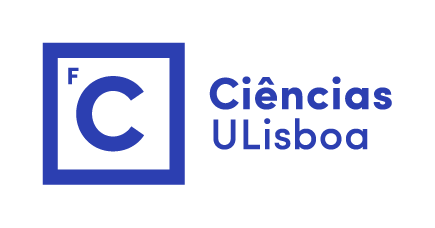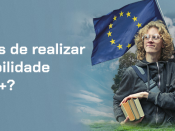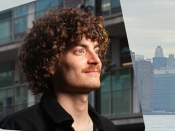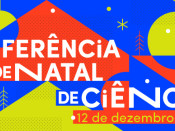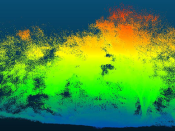Por Carlos Antunes (Instituto Dom Luiz, FCUL).
Abstract: The Global Warming (GW) post pre-industrial era has been considered the main driver of Sea Level Rise (SLR) and all the Climate Changes (CC) we are observing. But which causes from human activity drives the Global Warming?
Since Pre-Industrial period CO2 in the atmosphere has increased from 280 ppm, in 1880, to 410 ppm, in 2018. In first half of 20th century the average growth rate was 3 ppm/decade, in the second half of the century was 12 ppm/decade and in last 18 years the average growth was 22 ppm/decade. Just in the last 10 years it increased 25 ppm, an equivalent change of 5 thousand year-period in the last post-glaciation. Global CO2 emissions from fossil fuels increased from 9.4 Gton in 1960 to 36.2 Gton in 2016, 55% of which in average remained in the atmosphere. From 1880 the total accumulated anthropogenic CO2 in the atmosphere counts between 1850 to 1950 Gton.
World population in 1850 was 1.262 billion and GDP/cap was $650, in 2015 it was 7.383 billion and GDP/cap $10,180. In a 165-years period this is an increase of 5.85 times in the population and 15.66 times in the GDP/cap. Although, due to technological revolution, the carbon intensity decreased from 6.9 KgCO2/$ in 1960 to 0.48 KgCO2/$ in 2015. Through the Identity of Ehrlich & Holdren (I = P x A x T), the evolution of these numbers gives the evidences of the great contribution of human kind activity to the increase of CO2 in the atmosphere, and therefore in the GW due to radiative forcing.
The trapped heat by the greenhouse effect has been the main reason for the increase of the ocean heat content (32x1022 Joules since 1975, equivalent to 3.2 billion atomic bombs of energy), responsible for the ocean thermal expansion, and the reason for the ice melt of the main glaciers, polar ice caps and ice sheets, responsible for the ocean mass increase. Those two components are the main reasons for the eustatic variation of the ocean and consequent SLR of the past 150 years.
Recent projections of SLR for 21st century, from process-based models to semi-empirical and empirical approach, run from 0.5 to 2.5 m, each one with different impacts on coastal regions, mainly in the low-lying lands. The world population who lives near coast areas is 10 to 12%, and it is expected to increase. In Portugal, are living today around 14% of the population in the 2 km coastal band, according to CENSOS 2011. Such exposure, with all economic activity it involves in those areas, the impacts and indirect consequences of SLR are expected to be unpredictable and incommensurable.
A complete and rigorous assessment of SLR risk on the coastal areas, based in the most likely and extreme hazard scenarios, are crucial for the sake of a planned economic sustainability and a greater resilience of the coastal countries and communities.
All these issues will be addressed with the author's latest research, as well as a summary of case studies of the coastal risk assessment on the Atlantic Coast of Portugal mainland.

